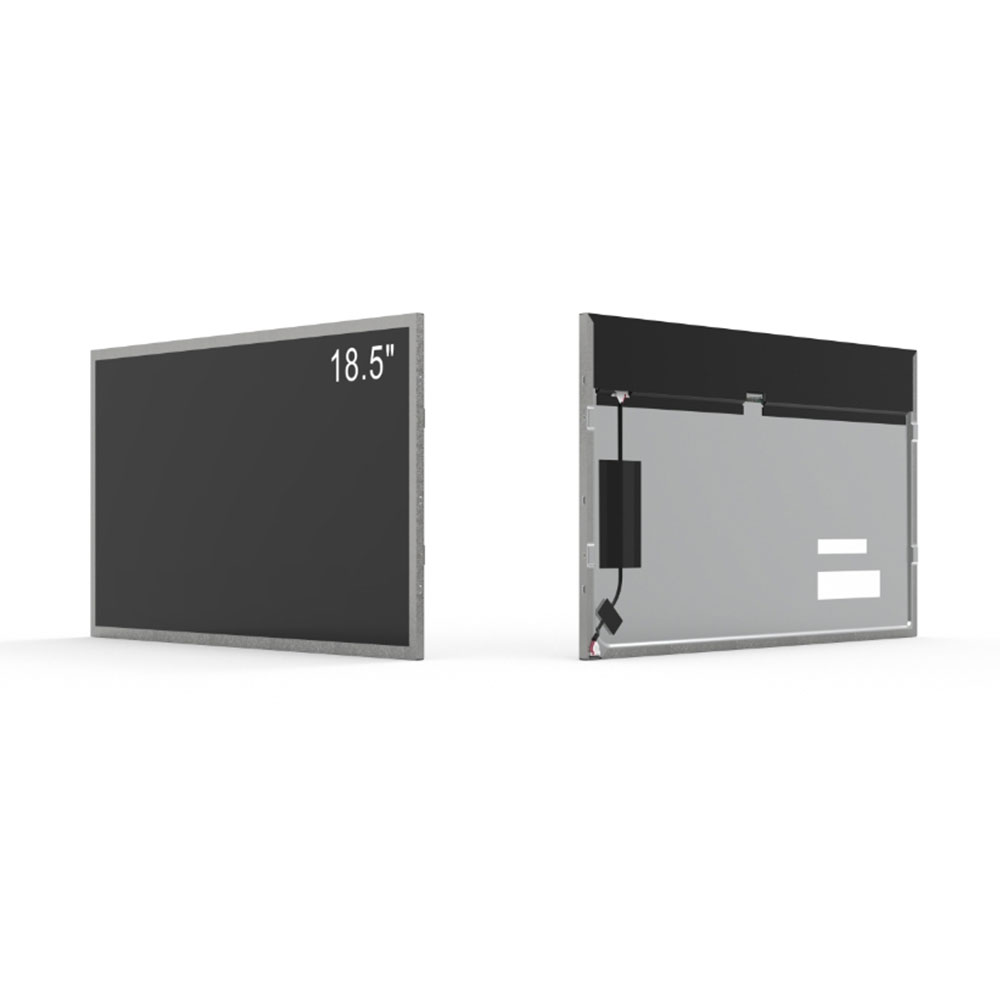When selecting an outdoor LCD screen for industrial applications, especially for overseas equipment manufacturers or distributors, several critical factors must be considered to ensure optimal performance, longevity, and return on investment. The environment in which the display will operate—ranging from extreme temperatures to high humidity, direct sunlight, and dust exposure—demands robust design and certified durability standards.
First, evaluate the brightness level. For outdoor use, a minimum of 5,000 nits is recommended to maintain visibility under direct sunlight, with many industrial-grade screens offering up to 7,000–10,000 nits. This range aligns with ANSI/IES RP-4-2023 guidelines for daylight readability in harsh conditions.
Second, assess the IP rating. An IP65 or higher rating ensures protection against dust ingress and water jets—critical for manufacturing plants, construction sites, or port facilities. In compliance with IEC 60529 standards, such ratings are non-negotiable for reliable long-term operation.
Third, consider operating temperature range. Industrial outdoor displays must function reliably between -30°C and +70°C. High-quality units often include passive cooling systems or active thermal management (e.g., fans or heat pipes), reducing failure rates by up to 40% compared to standard indoor models, per a 2023 study by the Society for Information Display (SID).

Fourth, look for wide viewing angles (typically ≥178°) and anti-glare coatings. These features improve visibility for multiple users in varying lighting conditions—a common requirement in assembly lines or remote monitoring setups.
Finally, ensure compatibility with your existing system. Many modern outdoor LCDs support ruggedized enclosures, PoE (Power over Ethernet), and IP-based communication protocols like ONVIF or Modbus TCP—making integration into IoT-enabled factory environments seamless.
Manufacturers like LG, Samsung, and PHLX have validated their outdoor displays through rigorous testing (e.g., MIL-STD-810G for shock/vibration resistance). Distributors serving global markets should prioritize partners who offer localized support, warranty coverage, and CE/FCC certifications to meet regional regulatory requirements.
In summary, choosing the right outdoor LCD screen means balancing technical specs, environmental resilience, and operational compatibility—not just brightness or price. This approach reduces downtime, enhances user safety, and supports digital transformation across international operations.







